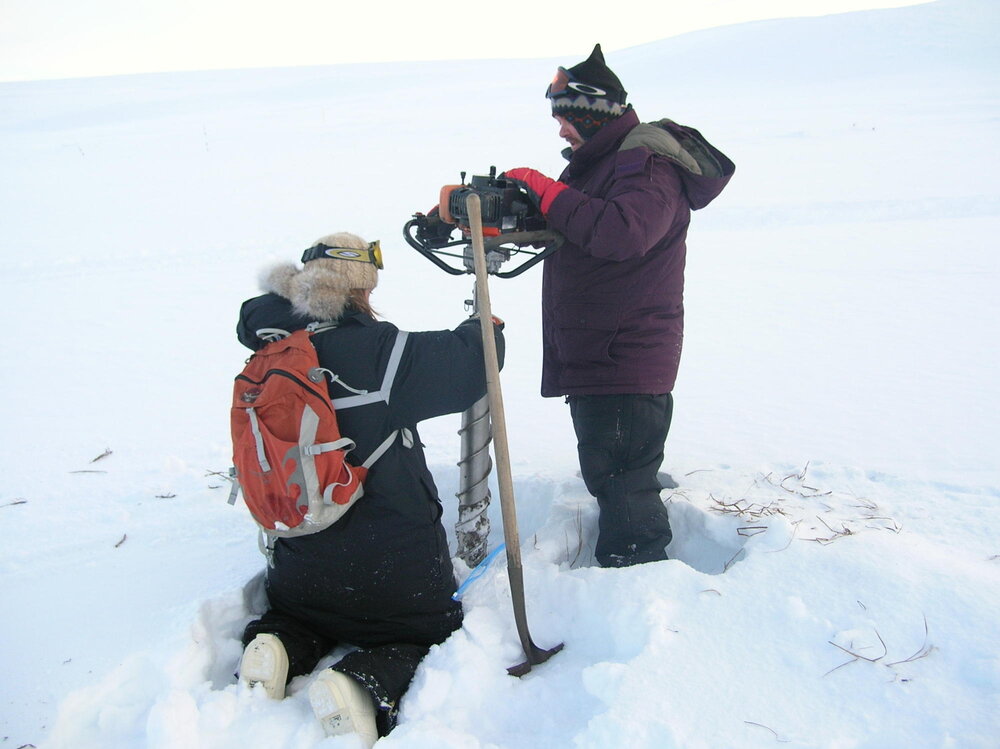Arctic permafrost soils—soil that remains frozen year-round—are thawing at an ever increasing rate due to global climate change. When permafrost thaws, previously frozen carbon becomes accessible to microbes which can be decomposed by and released back into the atmosphere in the form of greenhouse gases. During thaw, microbial communities undergo significant changes in community membership which can affect decomposition rates and thus, greenhouse gas production. The mechanisms influencing community change and implications of these changes with thaw are currently unclear.
Working with researchers countrywide, the Ernakovich lab has crowdsourced permafrost samples from a variety of arctic sites. Current work with these cores includes exploring how resuscitation from dormancy affects microbial community composition and CO2 production following permafrost thaw. Additional work includes linking microbial activity to soil structure using RNA sequencing and x-ray computed tomography.


